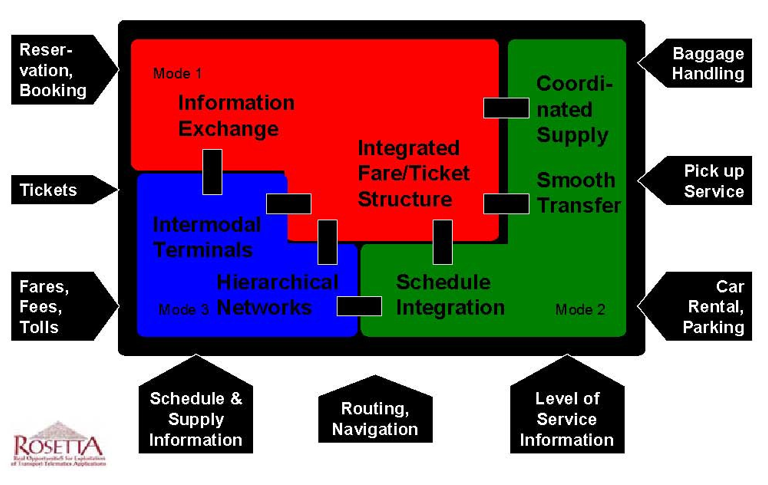
Road Network Operations
& Intelligent Transport Systems
A guide for practitioners!

Road Network Operations
& Intelligent Transport Systems
A guide for practitioners!
Quite how users will embrace and respond to the plethora of emerging new technologies in the transport arena is difficult to forecast. There is a risk of over-dependency with a corresponding loss of skill, and this can be unsettling if systems fail. While choice is often promoted as a desirable objective, many people are overwhelmed by the reality of too many options. See User Centred Design
We need to consider the impact of technology on people, in a world of increasing complexity and change, of seamless near-ubiquitous connectivity, pervasive monitoring and information processing.
What if things slow down because people refuse to take up new technology? Worse, what if a “luddite” mentality takes hold or new under-classes emerge who protest against the systems because they are unable to benefit? Will more bureaucratic control be required in setting rules and protocols to ensure that everything functions smoothly? Transparency in the regulation and certification of these systems may be central to securing public confidence.
ITS is destined to play a key role in vehicles and for travellers using a variety of platforms: smart phones, tablet computers, information kiosks, in-vehicle displays, hand-held or wearable devices. These different platforms offer the potential for real-time information on inter-modal connections and guidance for the traveller to navigate through an unfamiliar interchange. Other developments include navigation for blind and partially sighted pedestrians.
Timely traveller information is now regarded as a key feature for a successful transport system. Today’s transportation consumers must manage their time effectively. Significant uncertainty associated with waiting for a bus or train is unacceptable to most people.
“Smart travellers” expect to have comprehensive information about multiple modes, including traffic information, available to them quickly, in one place or from one source, and on a variety of media. See Traveller Services. Artificial Intelligence techniques have much to offer:
Many consumers are unaware of all of their transport options. The use of personalised information-based technologies can expand traveller choices and facilitate delivery of more convenient services, potentially increasing public transport patronage. Personalisation, if it is to be of value, requires the development of a spatial logic and connectivity that is adapted to the particular user.
Short-term traffic prediction is of great importance to real-time traveller information and route guidance systems. Such systems can only be successful if they are able to convince the driver to change their behaviour. Although traveller information systems have already reached a high technical standard, the reaction of road users to this information and the means of modifying their behaviour is not well explored.
Only relevant information of high quality, provided by a service that is easily accessible, has the potential to change flawed perceptions, for example car-drivers in relation to public transport. The impact on modal shift is likely to be fairly limited unless the whole trip, door-to-door, by public transport is made into a stress-free, seamless experience.
Intelligent navigation systems support individual travellers (usually drivers) by providing information about the shortest possible routes, the actual traffic situation and alternative routes. In combination with context information, near-term prediction and knowledge of personal journey preferences, navigation can become more intelligent.
The effectiveness of navigation systems as a means of relieving congestion is less clear. With widespread use, it is easy to see that congestion is simply transferred to the routes suggested by the guidance system. Route guidance systems as they exist today merely result in spreading the load, temporarily relieving existing capacity problems. Increasingly these systems will have to address the need for dynamic routing depending on information from traffic management centres, connected vehicles and from other travellers (crowdsourcing).
The vision of a smart traveller goes beyond the provision of accurate route guidance and reliable travel information to a vision of a “seamless journey”. As well as the need to move from point A to point B, a number of other services and facilities are used. The mobile Internet has brought about a revolution in how these services are sold and marketed. On-line booking has changed the way we plan our journeys. Travel and other location-based services are being integrated into single packages, but more can be done. The figure below shows a vision for seamless journeys.

On-line, location-based information, concierge (yellow pages), tourist and entertainment services are now widely available - whether the user is on foot, a passenger on public transport, or driving. With an abundance of information available, the need for context- specific and user-specific selection will grow. There will be commercial value in applying successful Artificial Intelligence methods to filter out the unwanted data and capture value and relevance.